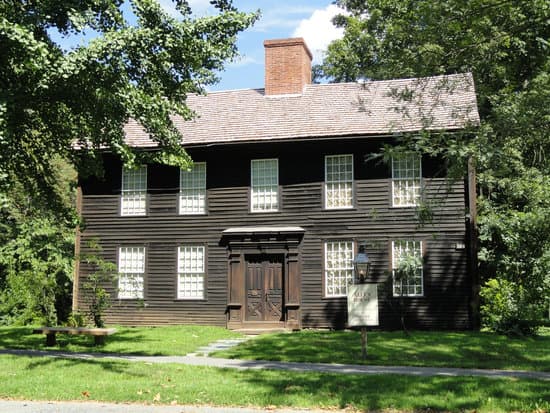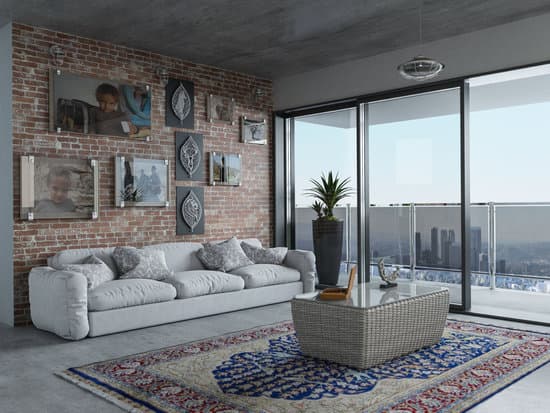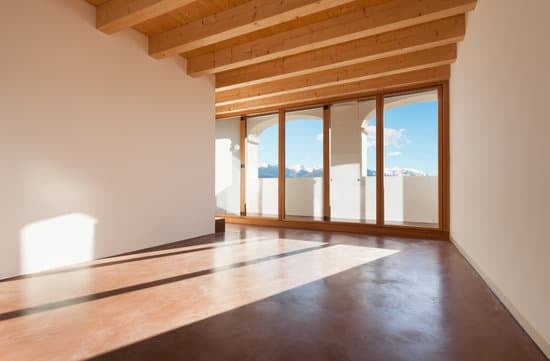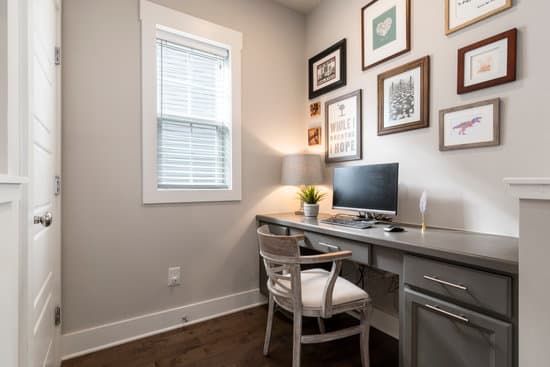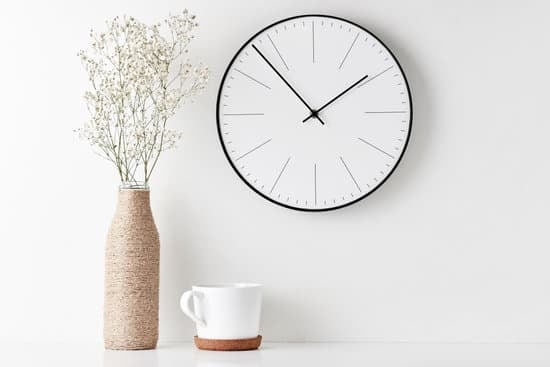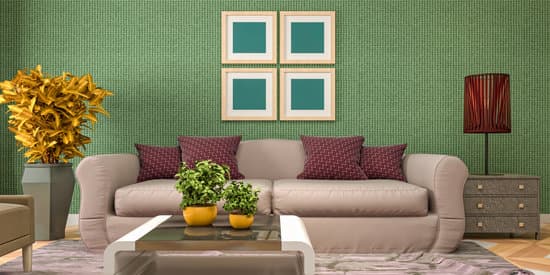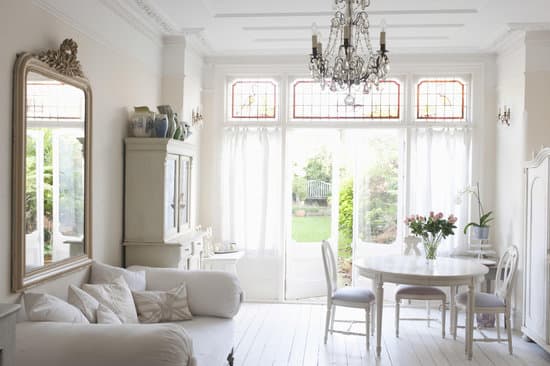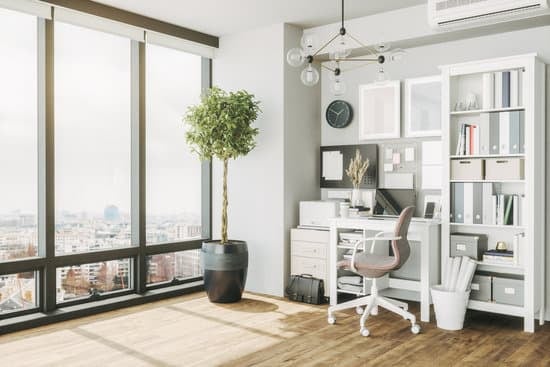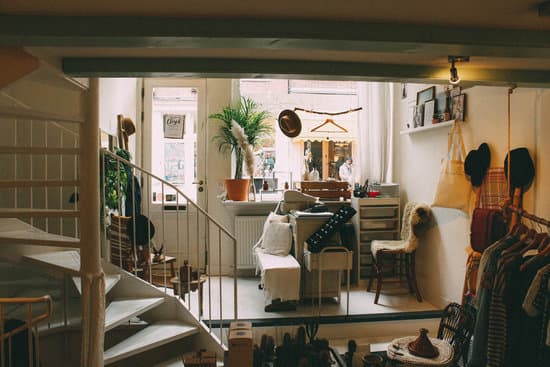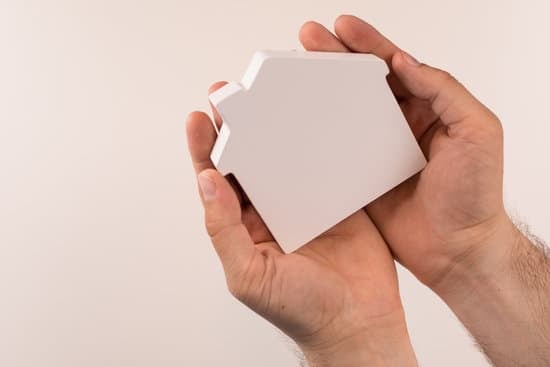The History of Sepia as a Nostalgic Color
Sepia is a warm, reddish-brown color that has been associated with nostalgia for many years. The word sepia originally referred to a type of cuttlefish that was used in ancient times to create ink for writing and drawing. This ink was prized for its rich, warm tone and durability, and was used extensively throughout the Mediterranean world. In the 19th century, sepia became associated with old photographs and other forms of nostalgic memorabilia.Sepia and the Art of Photography
Sepia tones were popular in photography during the late 1800s and early 1900s, before the advent of color photography. Many of the most iconic images of the 20th century, such as those taken during the Great Depression by photographers like Dorothea Lange and Walker Evans, were shot in sepia tones. Sepia provided a sense of warmth and timelessness to the images, evoking a bygone era of hardship and struggle. Even today, sepia-toned images continue to evoke feelings of nostalgia and history.The Emotional Connection to Sepia
Sepia tones evoke a sense of warmth and comfort, and are often used to represent cherished memories and moments from the past. The muted, soft tones of sepia create a sense of tranquility and calmness, making it a popular choice for home décor, as well as art and photography. Many people find sepia to be a comforting and soothing color, and it is often associated with feelings of nostalgia and nostalgia.Some popular emotional associations with Sepia include:
- Warmth and comfort
- Serenity and calmness
- Nostalgia and memories
- Historical importance and significance
- A sense of timeless beauty and elegance
The Popularity of Sepia in Modern Times
Despite the advent of digital photography and color film, sepia continues to be a popular choice for art and décor. Many photographers and artists use sepia tones to represent the past, or to create a sense of warmth and comfort in their work. The popularity of vintage and retro styles also contributes to the enduring popularity of sepia tones.Using Sepia Tones in Home Décor
Sepia tones can be incorporated into home décor in a variety of ways, from wall art to throw pillows to curtains and bed linens. Sepia photographs can be framed and displayed on walls, providing a sense of history and nostalgia to any room. Other ways to incorporate sepia tones into home decor might include:- Choosing furniture or accessories with warm, soft tones
- Using muted, earthy tones for wall paint or wallpaper
- Adding accent pieces with antique or vintage appeal
- Accessorizing with natural materials, such as wood, stone, and leather







